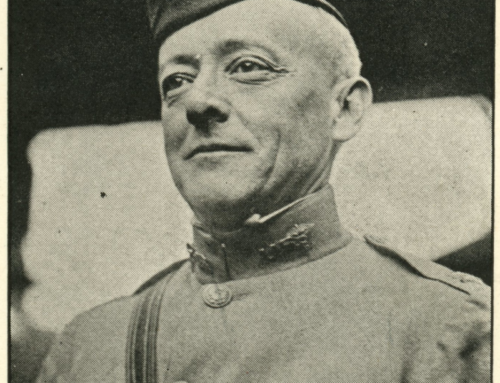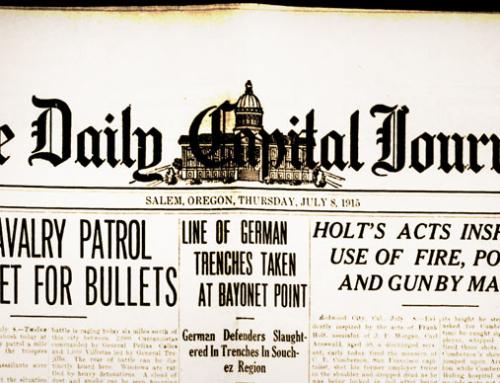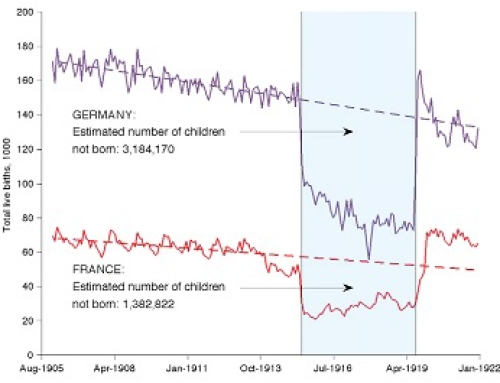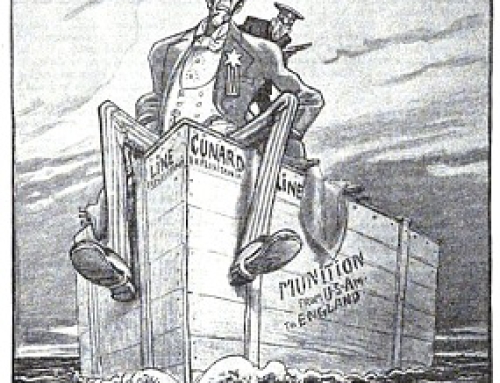by Richard van Pelt, WWI Correspondent
Expanding on the Monroe Doctrine, the Oregon Statesman suggests “Fencing the Hemisphere:”
A hundred years ago, when the ideas involved in the Monroe Doctrine were beginning to take shape, Thomas Jefferson suggested that Europe would be warned to fight “its everlasting wars” on its own side of the ocean. He proposed to draw a neutrality line north and south through the middle of the Atlantic, making the American half of it inviolable during foreign wars. Failure to follow that suggestion has often involved the United States and other American republics in difficulties. During the present European war there has been widespread interference with our commerce and grievous loss to South American states because of the presence of British and German warships, looking for trouble, near seaports along trade routes.
Now at the conference of twenty American nations in Washington, the minister from Peru has revived Jefferson’s old suggestion. In solemn diplomatic phrase, he declares that “His government believes the time has come for joint action of all the American republics to guarantee the inviolability of their commercial routes from the hostile activities of the belligerent navies.” He proposes to fence in and neutralize “the maritime area belonging to the two continents: by lines equidistant from them and the other continents, on both the Atlantic and Pacific sides. That would give plenty of room for Pan-American commerce.
The historic Monroe Doctrine means simply “no more foreign colonies in this hemisphere.” If enlarged according to the Jeffersonian and Peruvian plan, the Monroe Doctrine would mean “no more foreign colonies or foreign wars in this hemisphere.” And from being purely a “Yankee policy,” always a cause for uneasiness to our Latin neighbors, the Monroe Doctrine would be raised to the dignity of an international policy supported by the authority of the whole western world,
“. . . [W]idespread interference with our commerce” would dominate the news and contribute to our entry into the war in 1917.







Leave A Comment